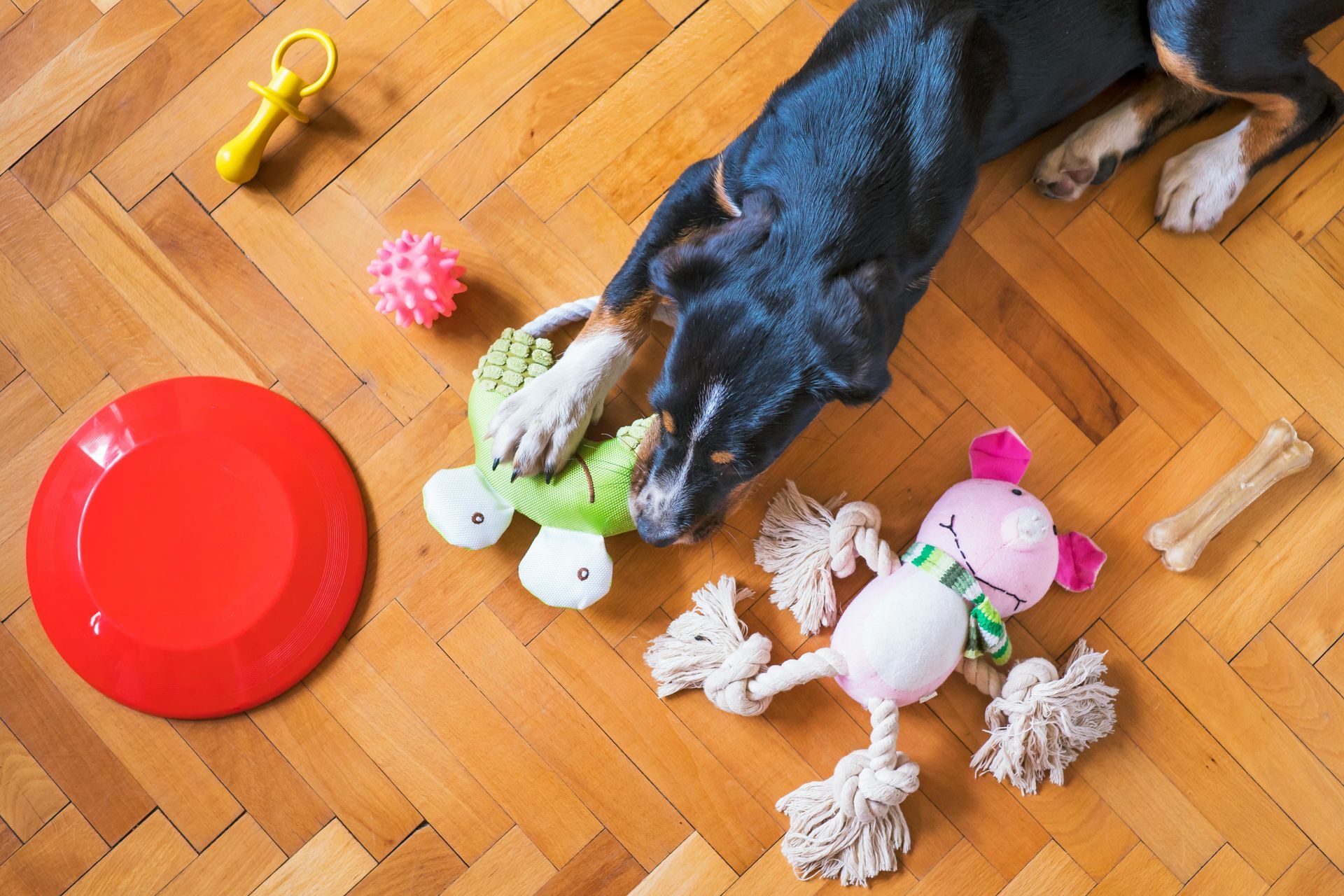The Basics
Simple steps to improve safety and support independent living at home.
No Cost Suggestions:
1. Slow down. Don’t rush near stairs and thresholds, especially with arms full.
2. Keep an eye on the floor. Look for for changes in flooring texture. Transitions from carpet to tile can alter your stride and cause you to trip.
3. Carry smaller loads. Smaller loads will prevent obstructed views while moving through the house and allow for quick response without injury.
4. Declutter. Hallways, doorways and stairwells are magnets for temporary storage, avoid placing items on the steps or floor in these ares. Remove decor, coat racks, shoes or furniture that create bottlenecks.
5. Remove door mats. If you must use a doormat, use slip-resistant backing or opt for fixed floor coverings if you can. Consider requesting guests remove their shoes to prevent tracking in rain or snow.
6. Put on your shoes. Walking around the house in just your stockinged feet can be a slippery subject, especially on the stairs. Always wear well-fitted, non-skid shoes or slippers. Check out our blog on some of our favorite shoe options.
7. Consider your pets. Do not store pet toys or pet accessories on the stairs or on the floor near the door. Place them on nearbye tables or hooks instead. Discourage pets from resting on steps. Read more ideas for your pets here.
Low Costs Ideas:
8. Use lever-style handles. Lever-style handles are easier to open than knobs for those with limited grip strength.
9. Ensure adequate lighting. Use bright lightbulbs to eliminate shadowy patches. Install nightlights so you can find light switches during the night. Make sure there is a working light switch at the top and boittom of the stairs. Check out our blog for more bright ideas on lighting.
10. Rely on contrasts. Use paint, trim or brightly colored tape to helps define wall and stair edges for depth perception.
11. Add stair treads. Wood and tile stairs can be slipper. Use stairs treds to improve grip. great Especially on wood or tile stairs—match them to your décor. Checkout our specifics on stair safety here.
12. Smooth thresholds. Add bevelled thresholds to smooth out transitions between flooring types to prevent tripping.
Do These If You Can:
13. Install double handrails. Have a professional install sturdy handrails on both sides if you have room. Bonus points for extending them slightly beyond top and bottom steps. Checkout our specifics on stair safety here.
14. Repair flooring. Have a professional repair or replace uneven risers or creaky boards. Even small irregularities can throw off balance.
15. Widen doorways. Especially for walkers or wheelchairs—this futureproofs aging-in-place needs.
16. Install a lift. Walk up and down the stairs as much as possible, but some days you might be too tire or dizzy. On those days riding up and down stairs on a professionally install stair lift or home elevator can be ideal. Check out more here.




















